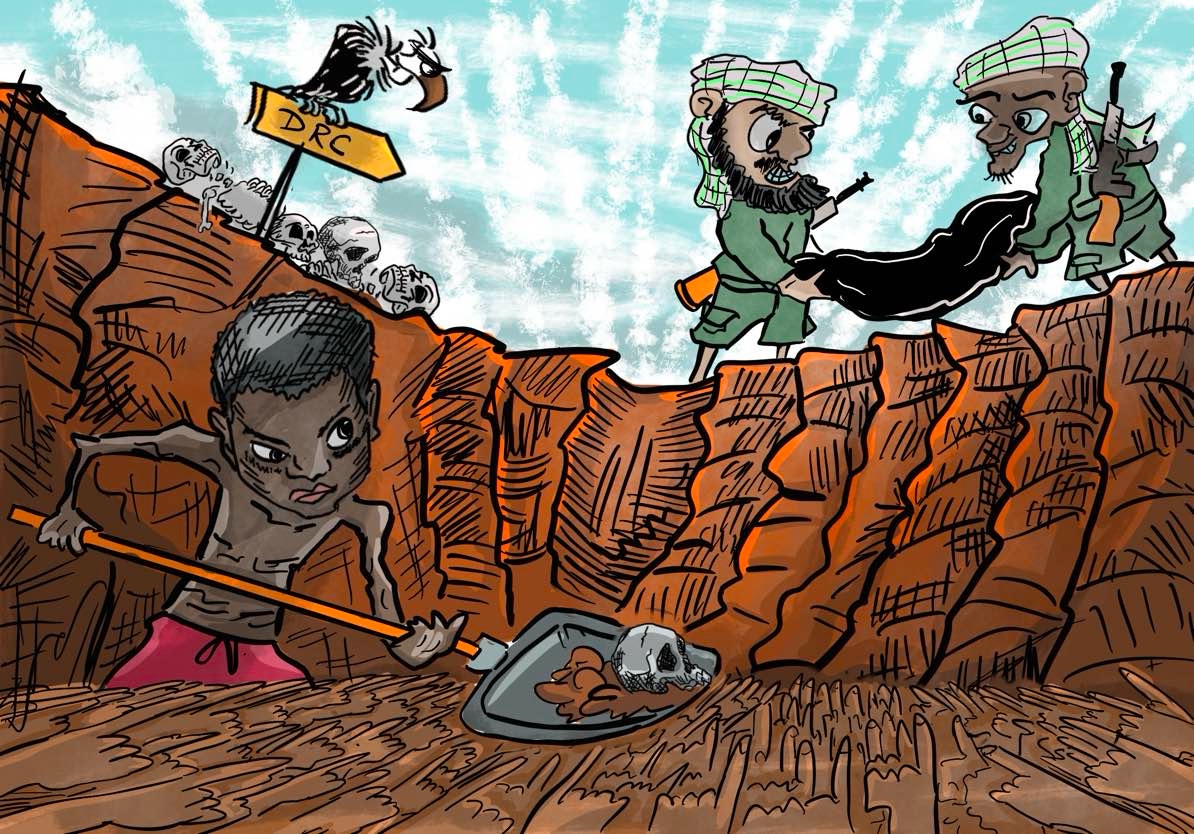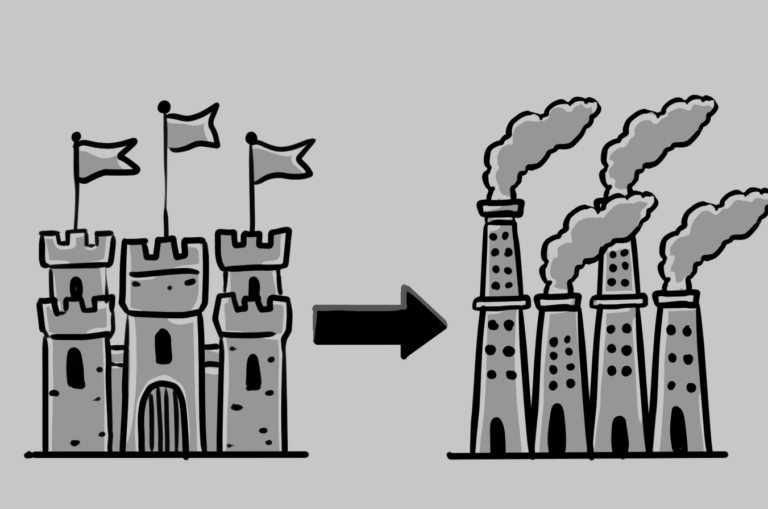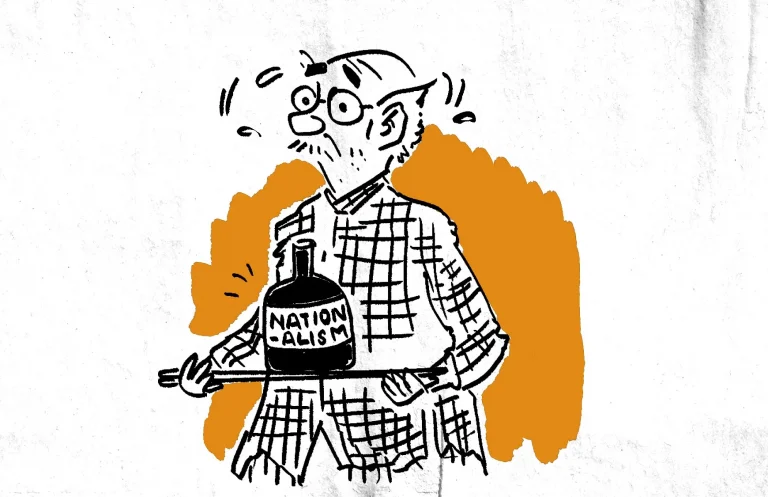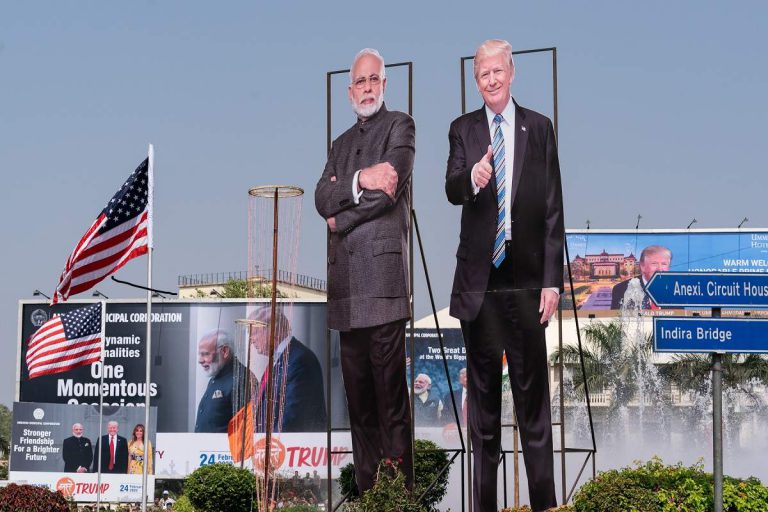Militancy in Eastern Congo and the Human Cost of Neglect
The recent massacre in North Kivu province, where militants affiliated with the Islamic State (IS) group killed at least 41 people, underscores a persistent and harrowing crisis in the Democratic Republic of Congo (DRC). This attack, carried out by the Allied Democratic Forces (ADF) in the villages of Masala, Mahihi, and Keme, has reignited concerns about the DRC’s security apparatus’s efficacy and the international community’s response to ongoing violence in the region.
The massacre in Masala, Mahihi, and Keme serves as a stark reminder of the challenges facing the DRC’s security apparatus. Despite efforts to bolster security forces and UN peacekeeping missions in the country, armed groups like the ADF persist in terrorizing civilian populations and destabilizing the region. Weak governance, corruption, and a lack of resources have hampered the government’s ability to effectively address the root causes of the conflict and provide adequate protection to its citizens. Moreover, the porous borders of the DRC facilitate the movement of armed groups and the trafficking of weapons, exacerbating the security situation not only within the country but also in neighboring states.
Historical Context
The roots of the current violence in Eastern Congo trace back to the early 1990s, when the region became embroiled in a series of conflicts triggered by the Rwandan Genocide and subsequent wars in Congo. The influx of refugees and armed groups into the region created a volatile environment ripe for exploitation by various militias. The ADF, originally a Ugandan rebel group formed in the 1990s, found a haven in Eastern Congo. Initially focused on overthrowing the Ugandan government, the ADF gradually morphed into a more complex entity with shifting allegiances and evolving motivations. Over the years, the group has become notorious for its brutal attacks on civilians, using terror as a tool to assert control and spread fear.
In recent years, the ADF has reportedly aligned itself with the Islamic State, rebranding itself as the Central Africa Province of the Islamic State (ISCAP). This affiliation has not only provided the ADF with increased resources and ideological support but has also drawn greater international attention to the insurgency in Eastern Congo.
The Current Crisis in North Kivu
The recent attacks in Masala, Mahihi, and Keme highlight the persistent threat posed by the ADF. The brutal nature of these attacks—characterized by mass killings, abductions, and the destruction of property—reflects the group’s strategy of using extreme violence to destabilize the region and undermine any semblance of government control. Residents of the affected villages have expressed frustration and despair over the apparent inability of the national government and security forces to protect them. Despite various military operations and the presence of United Nations peacekeepers, the ADF continues to operate with impunity in many parts of North Kivu. This situation raises critical questions about the effectiveness of current security measures and the strategic priorities of both national and international actors involved in the region.
Global Consequences
1, Humanitarian Impact
The humanitarian impact of the ongoing violence in Eastern Congo is profound. Thousands of civilians have been killed, and many more have been displaced, creating a dire need for humanitarian assistance. The region’s instability also hinders development efforts, trapping local populations in a cycle of poverty and violence. The displacement of populations due to conflict exacerbates existing vulnerabilities. Families are often forced to flee their homes with little more than the clothes on their backs, leaving behind their livelihoods, property, and community support systems. As a result, displaced persons frequently face severe shortages of food, clean water, and medical care. The lack of basic necessities leads to malnutrition, the spread of diseases, and heightened mortality rates, particularly among children and the elderly.
2, Regional Instability
The instability in Eastern Congo has significant implications for the broader Great Lakes region. The spillover effects of conflict, such as refugee flows and the proliferation of armed groups, threaten the stability of neighboring countries like Uganda, Rwanda, and Burundi. This regional instability can create a breeding ground for further extremism and conflict. Eastern Congo’s instability has far-reaching economic consequences as well. The ongoing violence disrupts trade routes and hinders economic development across the Great Lakes region. Local economies suffer from the insecurity, which deters foreign investment and cripples’ infrastructure projects. Agricultural activities, a primary livelihood for many in the region, are particularly affected, leading to food insecurity and heightened poverty levels. As resources are diverted to manage the crisis, governments in neighboring countries struggle to address their own developmental needs, perpetuating a cycle of underdevelopment and instability.
3, Global Security Concerns
The ADF’s affiliation with IS raises alarm bells for global security. The presence of an IS-affiliated group in Central Africa highlights the expanding footprint of jihadist ideologies beyond traditional hotspots in the Middle East and North Africa. This expansion poses a potential threat to international security, as extremist networks can exploit weak states to plan and launch attacks globally. The alignment of ADF with IS signifies a strategic shift, enabling the transfer of tactics, resources, and ideological fervor across continents.
This cross-pollination can lead to an escalation in the sophistication and lethality of attacks, as local insurgencies adopt advanced methods and gain access to broader networks of support. Furthermore, the involvement of IS provides a powerful propaganda tool, potentially attracting foreign fighters and financial backing, thus fueling the cycle of violence. In regions with fragile governance and porous borders, such as parts of Central Africa, the establishment of IS-affiliated groups like the ADF exacerbates existing instability. These areas often lack the robust security infrastructure needed to effectively combat and contain extremist activities. The result is a dangerous vacuum where terrorist groups can thrive, creating safe havens for training, planning, and launching operations both locally and internationally.
Strategic Interventions
1, Strengthening Local Governance and Community Resilience
One of the key strategies to counter militancy in Eastern Congo is to strengthen local governance structures. Empowering local communities through improved governance, economic opportunities, and social services can reduce the appeal of militant groups. Initiatives that promote community resilience, such as local peacebuilding efforts and conflict resolution mechanisms, are essential in creating a more stable environment. Economic opportunities play a pivotal role in undermining the influence of militant groups. By creating jobs, supporting local businesses, and facilitating access to markets, communities can be economically empowered. This economic empowerment reduces the susceptibility of individuals to recruitment by militants who often capitalize on poverty and unemployment. Programs that focus on vocational training, microfinance, and entrepreneurship can provide sustainable livelihoods, thereby fostering long-term stability.
Community resilience is further reinforced through localized peacebuilding efforts and conflict resolution mechanisms. These initiatives involve bringing together various community stakeholders, including traditional leaders, civil society organizations, and women’s groups, to address grievances and mediate disputes. Establishing forums for dialogue and reconciliation can help heal divisions and build trust among community members, which is essential for maintaining peace and preventing the resurgence of conflict.
2, Enhancing Security Sector Reforms
Reforming the DRC’s security sector is critical to ensuring effective protection for civilians. This includes improving the training, equipment, and accountability of security forces. International partners can support these efforts through targeted assistance programs that focus on building the capacity of the Congolese military and police to respond to militant threats more effectively. Upgrading the equipment available to the Congolese military and police is another crucial aspect. Many security personnel currently operate with outdated or insufficient equipment, which hampers their ability to effectively protect civilians and maintain order. By providing modern, reliable equipment, security forces will be better prepared to confront militant groups and protect vulnerable populations.
3, Regional Cooperation and Intelligence Sharing
Addressing the transnational nature of groups like the ADF requires enhanced regional cooperation. Strengthening intelligence sharing and joint military operations among countries in the Great Lakes region can help to disrupt militant networks and prevent cross-border movements of fighters and weapons. Joint military operations are another critical component in combating the ADF. These operations should be meticulously planned and executed, with contributions from various national forces that bring their unique capabilities and knowledge of local terrains. Combined military efforts not only bring more firepower and resources to the table but also foster a sense of shared responsibility and solidarity among the nations involved. Conducting regular joint exercises can also enhance interoperability among the forces, ensuring that they can operate seamlessly together when it matters most.
4, Addressing Root Causes of Extremism
Efforts to counter violent extremism must also address the root causes that drive individuals to join militant groups. This includes tackling issues such as poverty, lack of education, and political marginalization. Programs that provide vocational training, education, and economic opportunities for at-risk populations can reduce the allure of militant ideologies. Addressing these root causes requires a multifaceted approach that involves collaboration between governments, non-governmental organizations, and local communities. Poverty alleviation is critical, as economic hardship can make extremist groups’ promises of financial stability and social status more appealing. Initiatives that promote job creation, microfinance, and entrepreneurship can empower individuals economically, reducing their vulnerability to radicalization.
5, International Support and Advocacy
The international community has a crucial role to play in supporting the DRC’s efforts to combat militancy. This includes not only financial and technical assistance but also diplomatic advocacy to ensure that the crisis in Eastern Congo remains a priority on the global agenda. Enhanced support for humanitarian initiatives is also vital to address the immediate needs of affected populations and to build long-term resilience. Financial assistance from global institutions and donor countries can help strengthen the DRC’s security forces, improve infrastructure, and support economic development programs that provide alternatives to joining militant groups.
Technical support is equally important, as it can enhance the capabilities of the DRC’s military and law enforcement agencies through training, intelligence sharing, and the provision of advanced equipment. Such support ensures that the DRC is better equipped to handle the sophisticated tactics employed by militant groups. Diplomatic advocacy is essential to keep the international focus on the DRC’s crisis. By maintaining high-level diplomatic engagement, the international community can press for effective governance reforms, support peace negotiations, and encourage regional cooperation. This kind of advocacy also helps to galvanize international opinion and resources, ensuring sustained attention and action from global actors.
Conclusion
The massacre in North Kivu is a stark reminder of the ongoing crisis in Eastern Congo and the complex web of factors that sustain it. Addressing this issue requires a multifaceted approach that combines local, regional, and international efforts. Strengthening governance, reforming security sectors, fostering regional cooperation, addressing root causes of extremism, and maintaining international support are all critical components of a sustainable solution. The international community must act decisively and collaboratively to mitigate the human cost of neglect and bring lasting peace and stability to this troubled region. By addressing these challenges with innovative and holistic solutions, there is hope that the cycle of violence in Eastern Congo can be broken, paving the way for a more secure and prosperous future for its people and the broader Great Lakes region.








